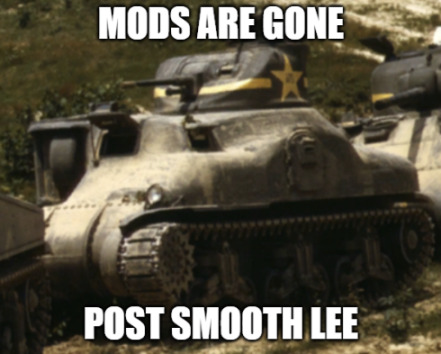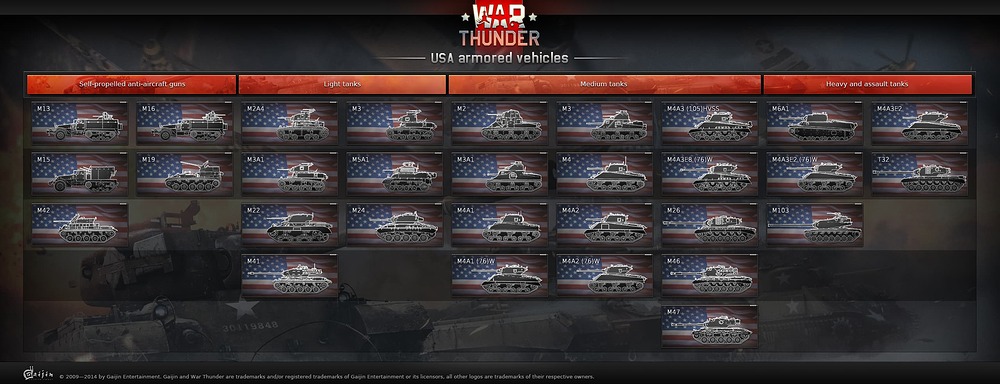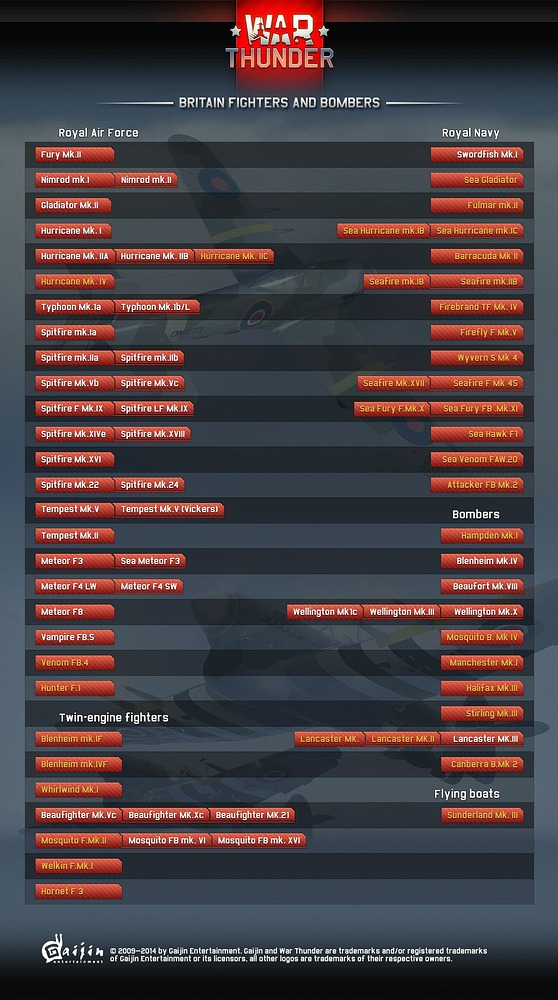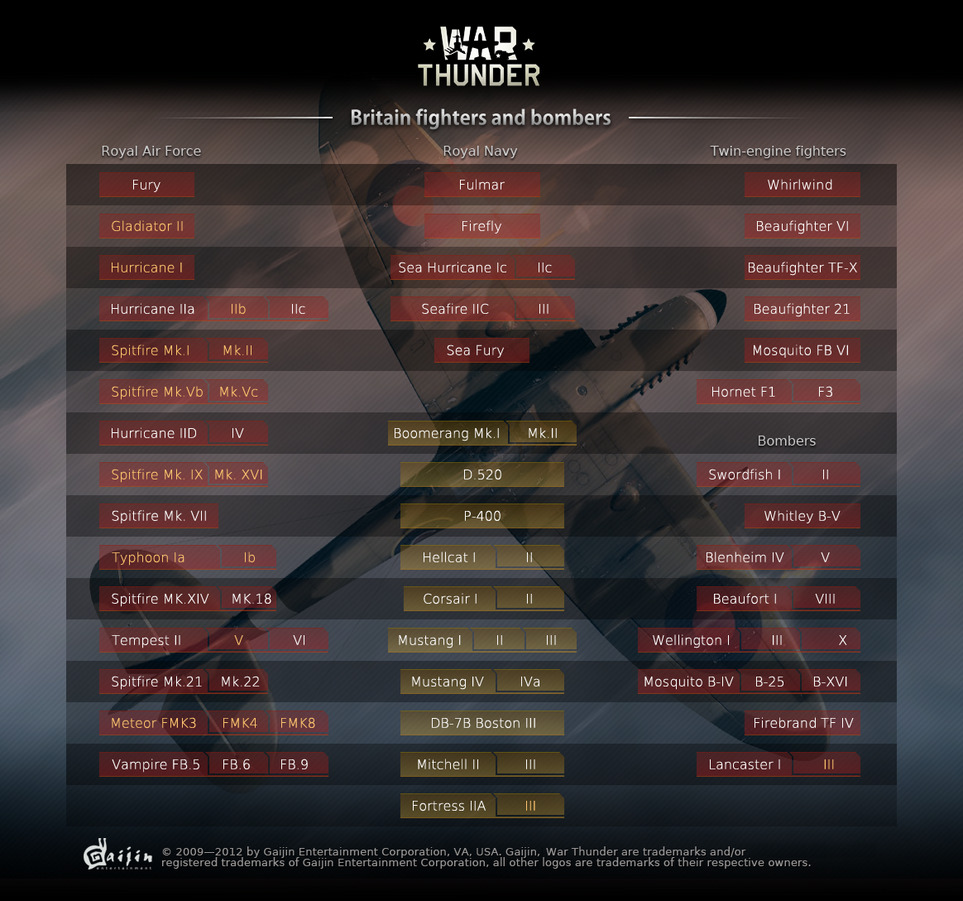Click to Expand
During the interwar period, the United States invested very little in armored vehicle development, leaving its tank forces in a poor state by the time World War II loomed. By 1939, the US Army possessed only around 400 modern tanks, the majority of which were M2 Light Tanks. In response to this lack of preparedness, the US government introduced the National Munitions Program in June 1940, intending to rapidly expand and modernize all branches of the armed forces. As part of this initiative, the Army ordered over 1,700 medium tanks.
Initially, the medium tank to fulfill this order was the M2A1 Medium, but combat reports from the German campaign in France made it clear that future US tanks would need to mount a 75 mm main gun to remain competitive. Unfortunately, the M2A1’s turret could not accommodate such a weapon without a major redesign. While engineers began working on a new turret design, a stopgap was urgently needed.
The Army turned to a project that had experimented with mounting a 75 mm gun in a sponson on the side of an M2 Medium hull. This design would be chosen as an interim solution and formally designated the M3 Medium Tank.
The M3’s layout was unusual. Its main 75 mm gun was fixed in a right-side sponson, a design compromise forced by the US industry’s inability at the time to produce a turret capable of housing such a large gun. To supplement it, a small turret on top of the hull mounted a 37 mm gun. While this configuration had drawbacks, such as preventing the tank from taking advantage of hull-down positions, the British, desperate for more armored vehicles, accepted the design as an adequate interim solution until better tanks with the 75mm turrets could be produced.
As production of the M3 ramped up across various American manufacturing plants, efforts were made to streamline its construction. One such improvement was the shift from a riveted hull to a single-piece cast superstructure, which simplified assembly and increased structural integrity, eliminating the hazard from rivets fracturing under shot impact and flying around the interior of the tank. This variant was designated the M3A1 in October 1941.
Production of the M3A1 began in February 1942 at the American Locomotive Company (ALCO), which built a total of 300 units. Though its production run was short, the M3A1 incorporated some minor modifications, differing from the M3 series. Of the 300 tanks produced, 28 were fitted with the Guiberson T-14090-2 diesel engine, though this engine proved unreliable, leading to the program’s early cancellation. Early production M3A1s were fitted with the side doors, and those side doors were dropped from the late production M3A1s, retaining only the pistol port on the right side.
Due to its limited production and late entry into service, the M3A1 saw little front-line combat. Most units were relegated to training roles within the continental United States.












